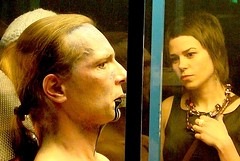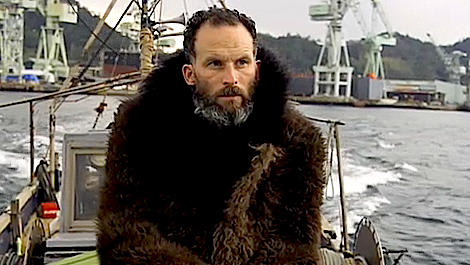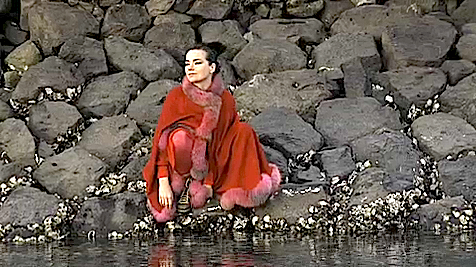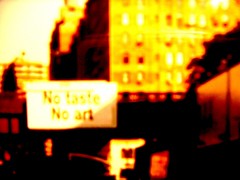T H E P A S T I N T H E P R E S E N THistory as Practice in Art, Design and Architecture
An International Interdisciplinary Conference
Glasgow, 27th-29th October 2007
THE GLASGOW SCHOOL OF ART - DEPT. OF HISTORICAL AND CRITICAL STUDIES
* What is the role of historical research and critical reflection in art,
design and architectural practice?
* How is historical research and critical reflection in art, design and
architecture informed by debates around leisure and commodification,
pleasure and sensation, technology and mobility?
* How is historical research in art, design and architecture manifest in
independent practice, study beyond the academy, cultural criticism and
journalism?
This three-day conference will to bring together a broad range of
participants, including scholars, artists, designers, architects,
museologists, curators, archivists and collectors, to debate the ways in
which styles and genres from the past, both visual and written, have been
reinvigorated in the present for celebratory, nostalgic, or critical ends.
Keynote speakers
Professor Richard Dyer (King’s College London) has published widely on
visual culture and film studies, specifically issues of race and gender in
visual culture. His most recent work is Pastiche (Routledge, 2006).
Professor Pat Kirkham (Bard Graduate School) has published widely on gender
and design culture, as well as the history of design. She is best known for
her work on William Morris, Charles and Ray Eames, and most recently on Saul
and Elaine Bass.
Session speakers
In addition, the conference involves a range of speakers from around the
world, many of who will be speaking in Glasgow for the first time. Speakers
have come from Australia, Austria, Belgium, Brazil, Denmark, France,
Germany, Holland, Hong Kong, Japan, Poland, New Zealand, South Africa,
Spain, Switzerland, Turkey, United States; as well as England, Wales, N.
Ireland and Scotland.
The papers represent a broad range of subjects, from tourist landmarks in
Delhi and the ‘rewilding’ of Africa to production design in Hollywood period
films and the use of Turkish history in contemporary advanced textiles.
A draft conference timetable is available online at:
http://www.gsa.ac.uk/pastinthepresent
Delegate places are still available. Registration details and forms are
available on our website.
For enquiries please contact: pastinthepresent [AT] gsa.ac.uk






